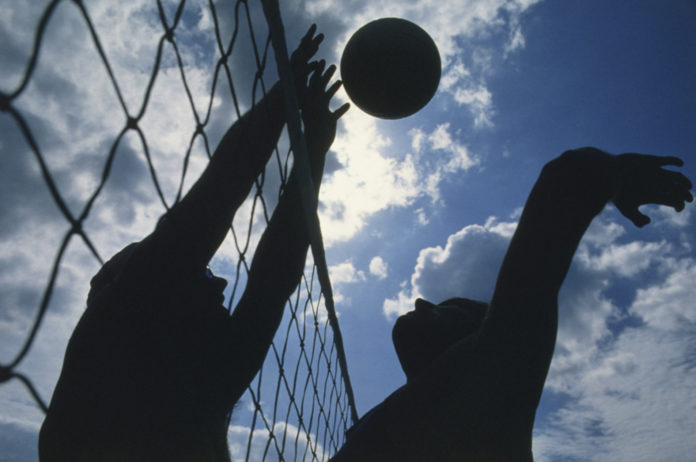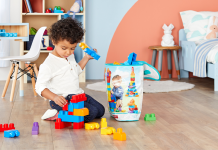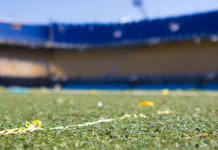With the increase of gaming devices, less and less children are physically active and choose to sit in front of a screen.
Physical activity is important. Research has shown that exercise is beneficial for helping your child think, concentrate and solve problems, all of which are essential skills when it comes to learning.
At six years old, children have a wide range of physical skills. Some may show natural athleticism while others will work on accomplishing simple skills.
As your child’s coordination and motor skills become more refined they will be able to engage in games like skipping, kicking a ball and playing chase.
Natural athleticism and the amount of physical activity your child does plays a role in developing their physical abilities.
As their coordination, motor skills and ability to understand game rules continue to develop, many six year olds may also be interested in participating in team sports such as soccer, cricket, netball or hockey.
Children can learn about the value of practice, setting goals, meeting challenges, teamwork and being fair by participating in team sports. If they’re not interested in traditional sports, depending on your child’s interests, you could encourage them to try activities like karate, golf, skateboarding, tennis or dancing.
Your child’s fine motor coordination will also continue to develop. Your child will become more adept at drawing and writing letters, and their pictures and stories will look much more recognisable and legible. They will become more skilled at using tools such as scissors, and will be able to perform tasks such as tying shoelaces or buttoning buttons much better.
Things you can do at home
Do things together with your child; this will get everyone moving and kids love to play with their parents.
Try to make family fitness outings part of your regular routine. Let your child and each family member take turns choosing an activity for these outings, for example: hiking or ice skating – anything goes, as long as everyone can participate.
You could also try:
• Incorporating physical activity into your daily routine, for example walking the dog with your child after school each day. Using things that your family already does, like sweeping the floors or gardening are other ways to keep your family active every day
• Allowing enough time for free play. Children burn off energy, develop their coordination and usually have fun when left to their own devices and will probably play actively without too much intervention on your part
• Keeping a variety of games and sports equipment on hand. These don’t have to be expensive; an assortment of balls, hula-hoops, and skipping ropes can keep your child busy for hours
• Formal dance classes. These can help your child develop balance, coordination and strength. Some children also dance spontaneously when they hear music, though some may be self-conscious about this.
You can also take advantage of local parks, sports fields or school grounds as an alternative venue for games or physical activity, especially if you don’t have a lot of space in your own back yard.
If your child has a chronic health condition or disability, they can still do some fitness activities. Some may need to be modified or adapted, and some may be too risky depending on your child’s condition. Consult your doctor about activities that are safe for your child.
Children who enjoy sports and exercise tend to stay active throughout their lives. And staying fit can help improve self-esteem, maintain a healthy weight, and decrease the risk of serious illnesses such as high blood pressure, diabetes and heart disease later in life.






